
Who is Fousey? YouTuber informs Adin Ross during live stream that his sister Naomi Ross was interested in him: 'She replies to my story'
Amid fading fame, Fousey's call to Adin Ross exposed explicit details, leaving Adin shocked about Fousey's ties to his sister Naomi Ross
2023-08-16 15:51

Port of Rotterdam, Vopak in Race for $2.8 Billion Hydrogen Port in South Africa
Port of Rotterdam and Koninklijke Vopak NV have been asked to submit construction and funding plans for a
2023-07-26 23:25

You Can Book Barbie’s Malibu DreamHouse on Airbnb—For Free
Airbnb is celebrating the upcoming Barbie movie with the Barbie DreamHouse sleepover of your dreams.
2023-06-29 21:26
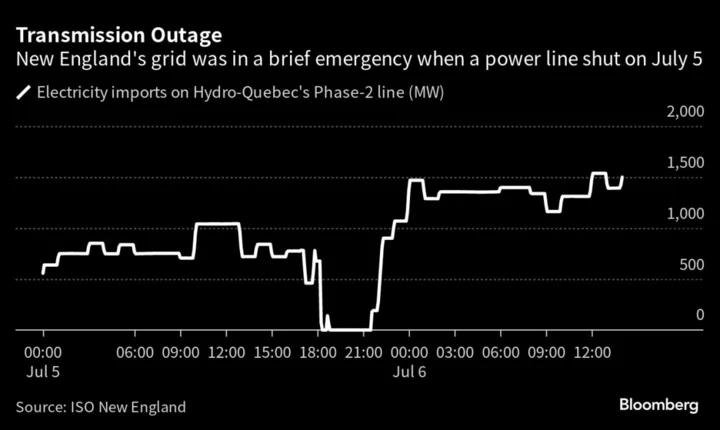
Wildfire Smoke Triggered New England Grid Emergency
Smoke from Canada’s wildfires was to blame for a power-equipment shutdown that briefly led to a grid emergency
2023-07-07 05:54

Meta Plans to Expand Its WhatsApp Payment Service to India
Meta Platforms Inc. is expanding its WhatsApp payment feature to India, letting users in the country purchase goods
2023-09-20 14:56

A lifetime subscription to this AI CV builder is on sale for 77% off
TL;DR: A lifetime subscription to the Complete Resoume AI Assistant Resumé Writer is on sale
2023-09-15 12:30

Microsoft makes final case for Activision Blizzard deal as federal judge decides whether to block it
The fate of what could be the priciest merger in tech industry history will soon be in the hands of a federal judge who must decide whether to stop Microsoft from closing its deal to buy video game company Activision Blizzard
2023-06-30 02:19

ZincFive Wins Mission Critical 2023 Top Tier Product Award in the UPS Category
PORTLAND, Ore.--(BUSINESS WIRE)--Aug 11, 2023--
2023-08-11 22:29
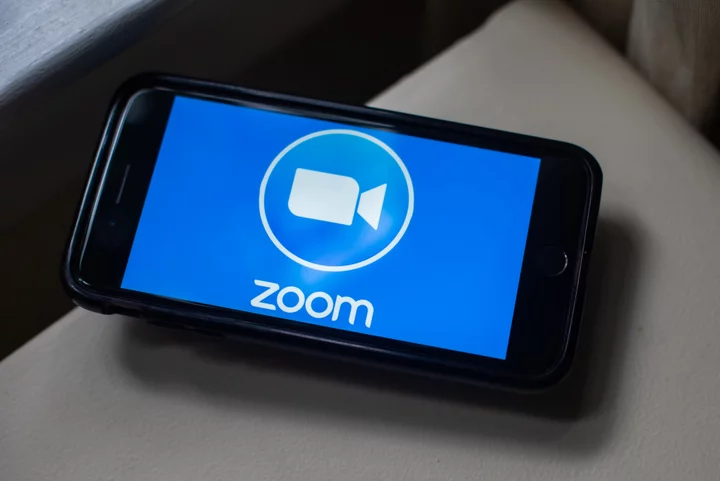
Zoom might use your calls and data to train AI
There's a chance your video calls will be used to train artificial intelligence. Zoom updated
2023-08-08 01:18
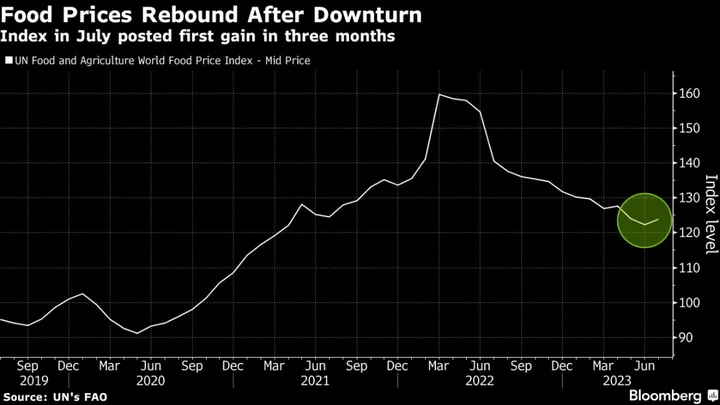
World’s Top Food Producers Push Back on EU Deforestation Rules
The world’s largest agriculture producers are pushing back against new European Union rules that require proof that crops
2023-08-09 23:28

How to unblock Korean Netflix for free
SAVE 49%: ExpressVPN is a reliable choice for unblocking extra Netflix libraries. A one-year subscription
2023-09-06 12:23

World’s Top Coal Miner Hikes Prices as Wage Bill Surges
Coal India Ltd., the world’s biggest miner of the fuel, raised prices for the first time in five
2023-05-31 12:19
You Might Like...

Google to Add AI Models from Meta, Anthropic to Its Cloud Platform
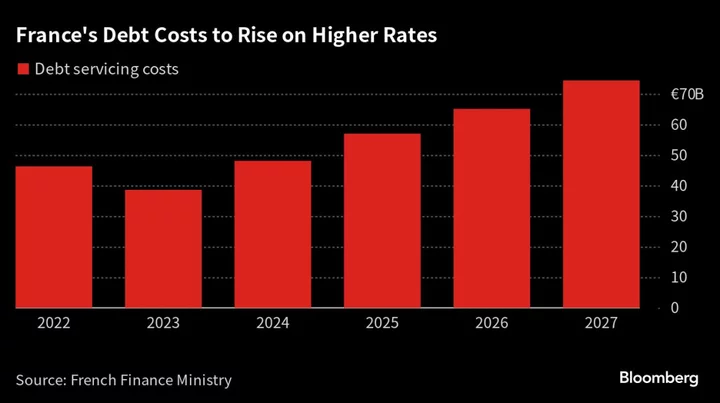
Macron’s Budget to Test Taxpayer Tolerance for Climate Spending

Innovex is pleased to announce the appointment of Bonnie Black to its Board of Directors
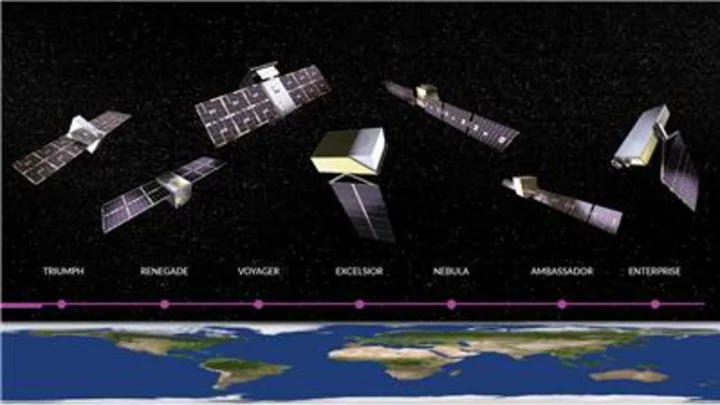
Terran Orbital Unveils New Product Line of Seven Satellite Buses

How generative AI will affect the creator economy

China Arrests ChatGPT User Who Faked Deadly Train Crash Story

Andrew Tate: How did the 'most wanted man' reject love struck woman on Twitter?

Talking Medicines: World’s First Patient Voice GPT Provides Curated Insights in Seconds
